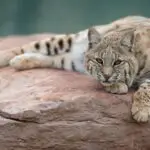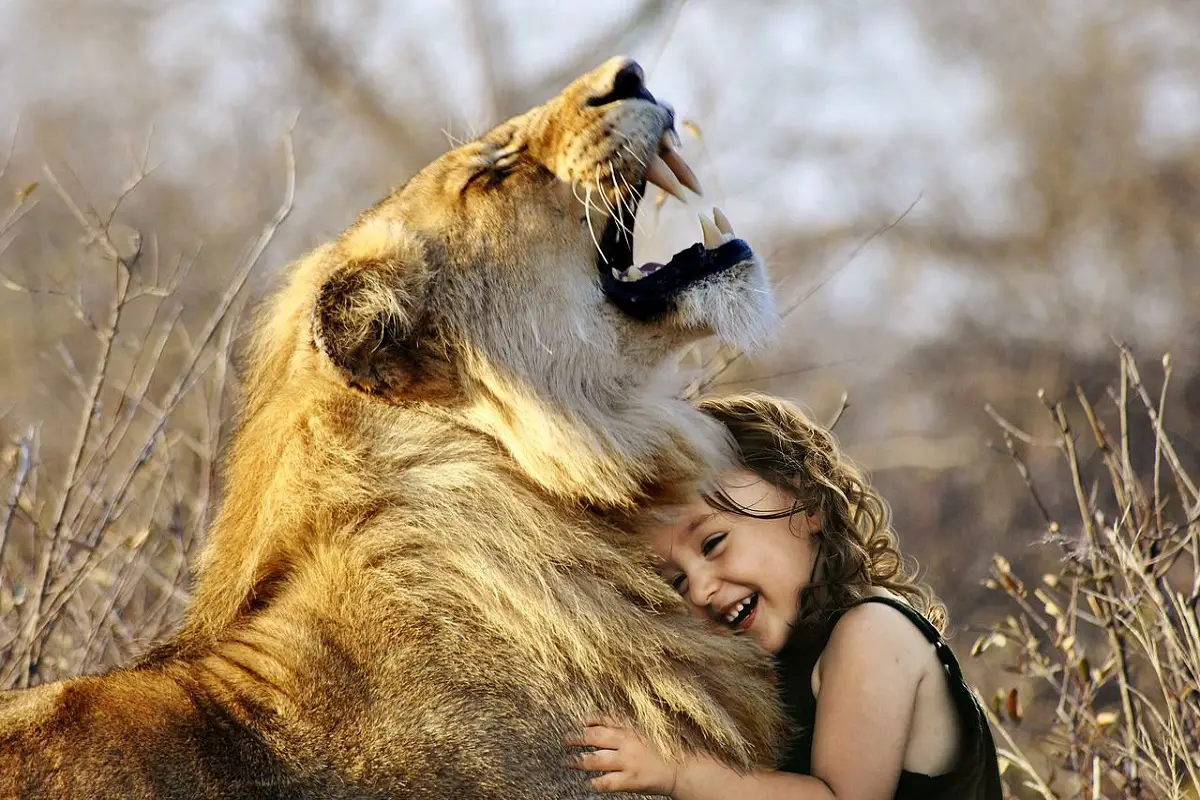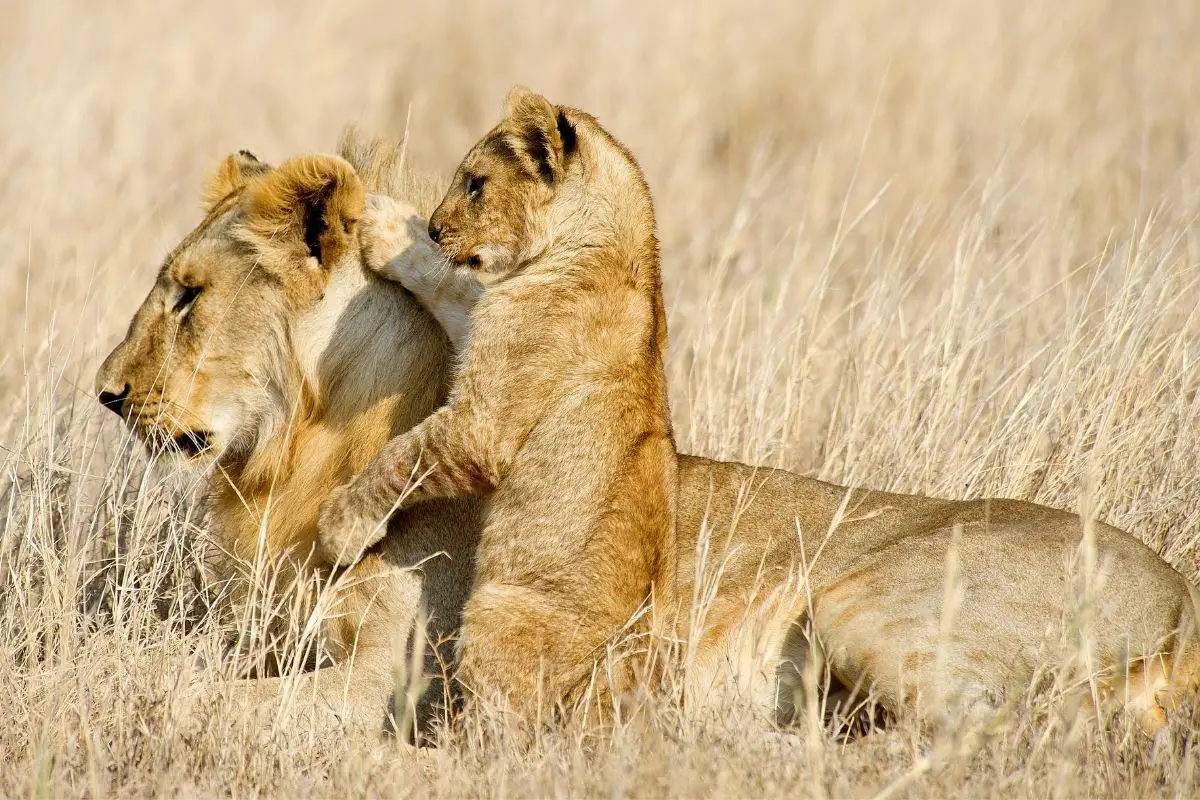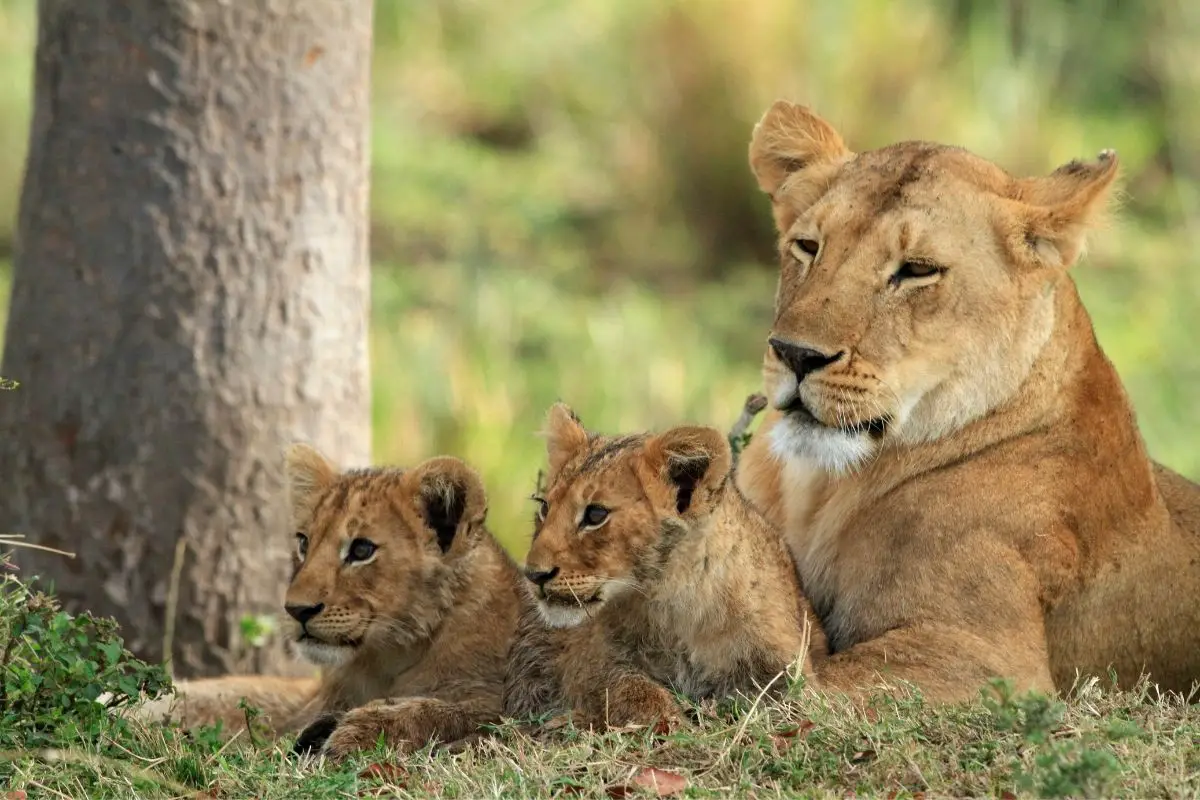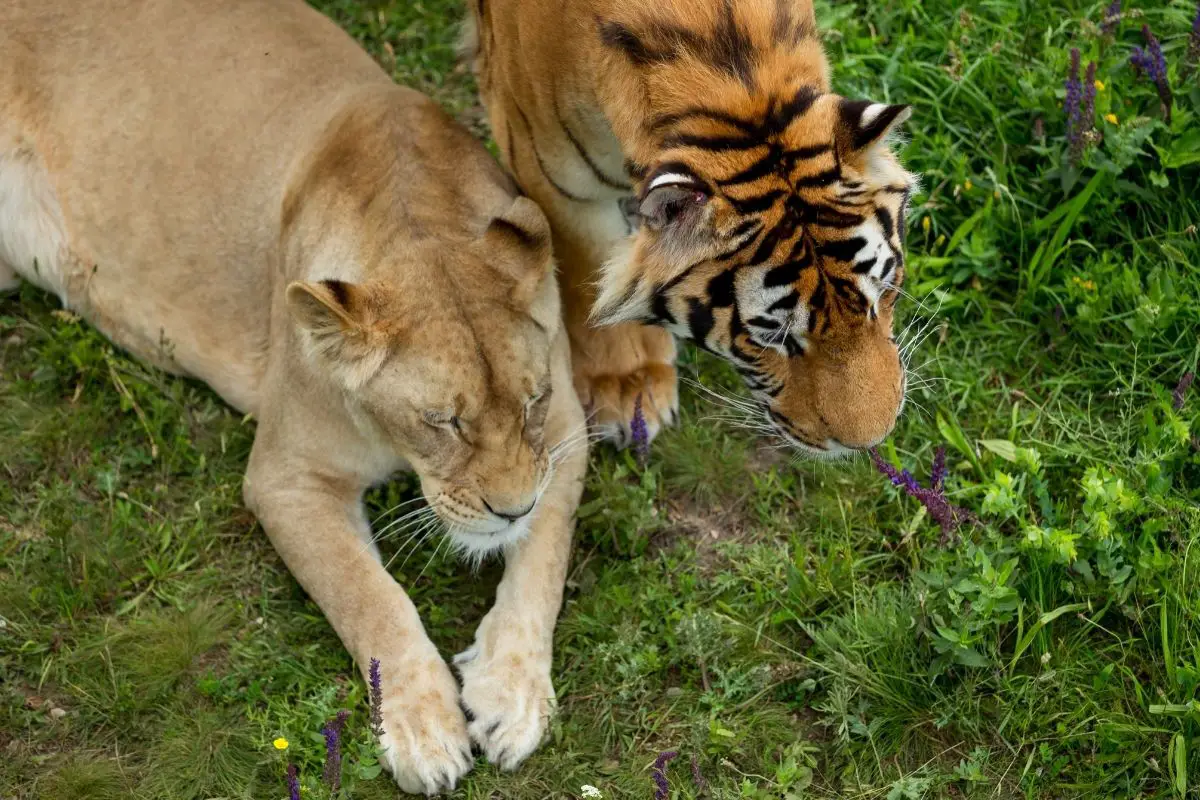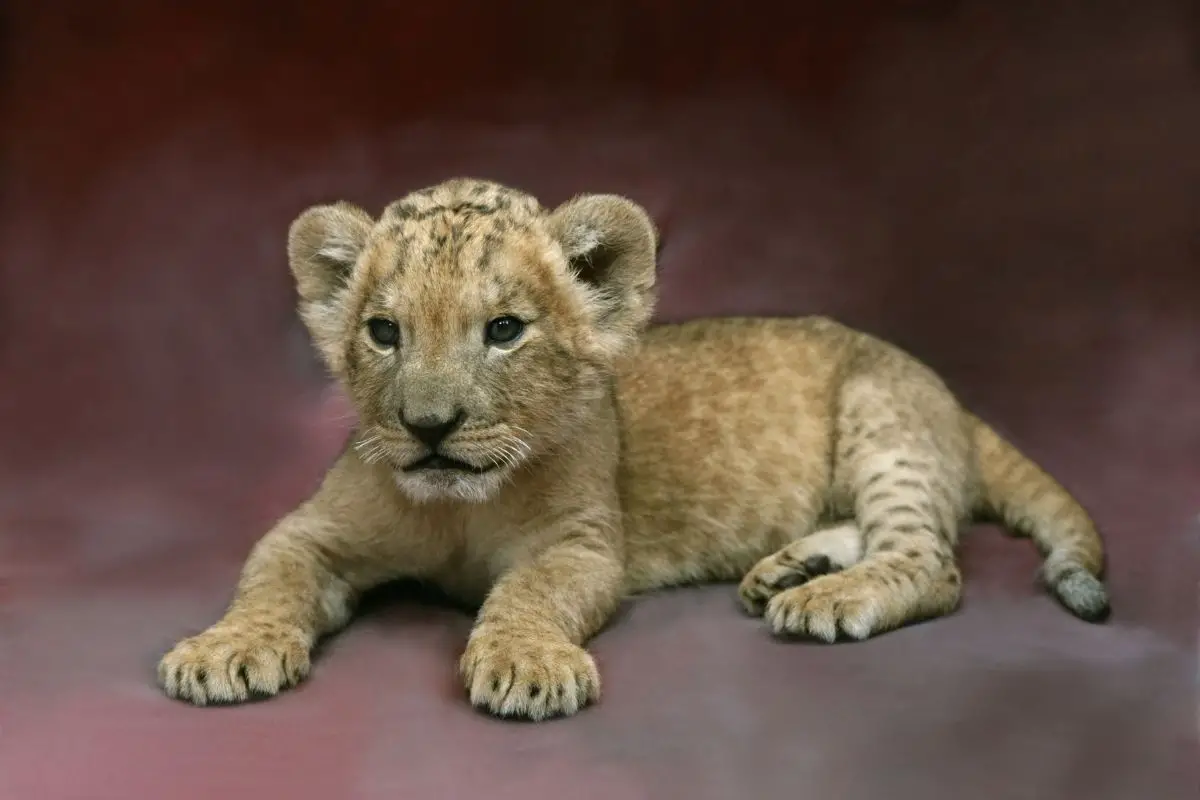Updated: July 2025
Lions are magnificent apex predators that capture our imagination through movies like The Lion King and viral videos. However, despite their occasional portrayal as gentle giants, lions are fundamentally wild animals that cannot be safely domesticated as pets.
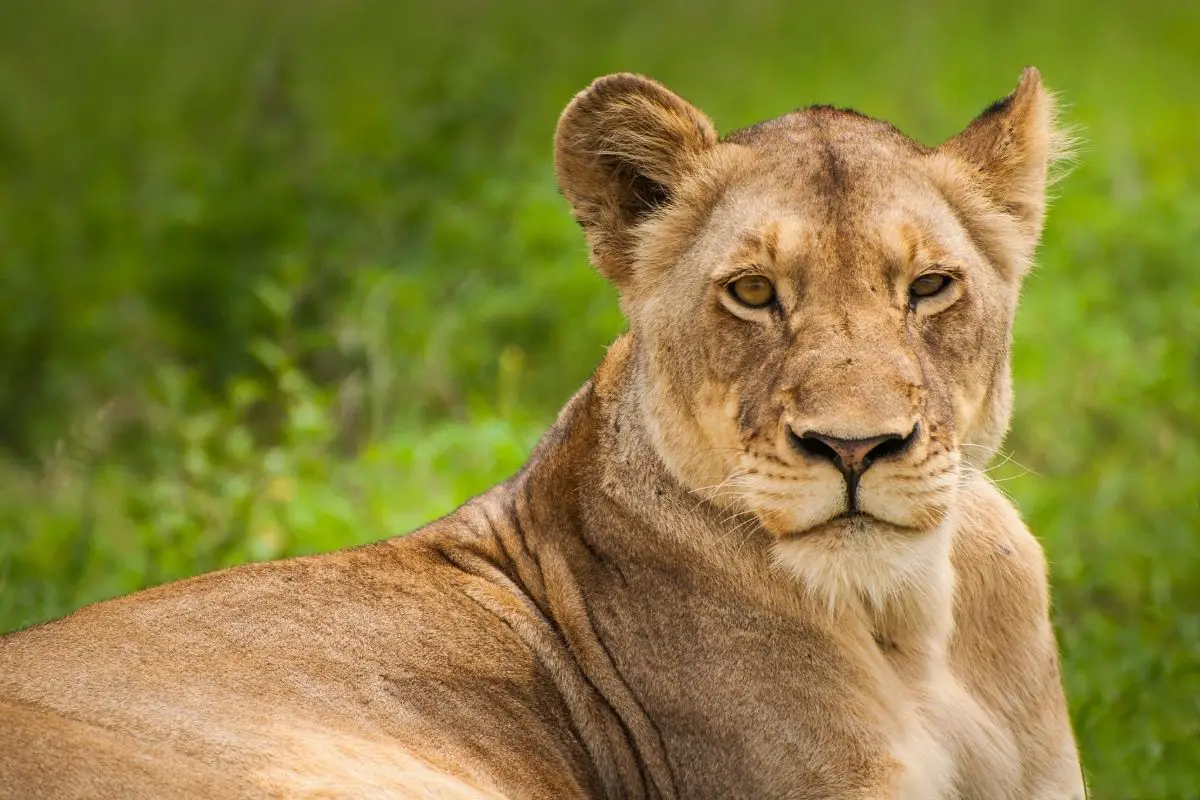
After millions of years of evolution as wild predators, lions retain powerful instincts that make them unsuitable and extremely dangerous as household companions. Shows like Netflix’s “Tiger King” have sparked renewed interest in exotic pet ownership, but the reality is far more complex and dangerous than entertainment suggests.
While some big cats in captivity may appear docile and perform tricks, this does not mean they are truly tamed. The distinction between taming and domestication is crucial for understanding why lions can never be safe pets.
In this comprehensive guide, we’ll explore the critical differences between taming and domestication, examine the serious risks involved, and explain why lions belong in the wild—not in our homes.
The Crucial Difference: Domestication vs. Taming
Understanding the difference between domestication and taming is essential when discussing lions as potential pets. These terms are often confused, but they represent vastly different concepts.
Domestication is a lengthy evolutionary process spanning thousands of years where animals undergo genetic changes that make them naturally suited to live alongside humans. Domestic cats, despite sharing ancestors with lions, have evolved specific traits through selective breeding:
• Neoteny: Retention of juvenile characteristics into adulthood
• Reduced flight response: Less likely to flee from humans
• Modified stress responses: Better adapted to human environments
• Genetic changes: Actual alterations to DNA affecting behavior and physiology
Examples of truly domesticated animals include dogs, cats, cattle, horses, and sheep. These animals have co-evolved with humans and are genetically predisposed to live safely in human environments.
Lions, however, remain genetically identical to their wild ancestors. No amount of human interaction can alter their fundamental genetic programming as apex predators.
What Does It Mean for a Lion to Be “Tame”?
A “tame” lion is simply a wild animal that has been conditioned to tolerate human presence—usually through being raised from cubhood. However, taming does not change the animal’s genetic makeup or eliminate its wild instincts.
Key characteristics of tame lions include:
• Learned tolerance: They’ve been conditioned to accept humans
• Retained wild instincts: Predatory behaviors remain intact
• Unpredictable triggers: Stress, illness, or unfamiliar situations can activate aggressive responses
• Non-heritable traits: Offspring will be fully wild unless also hand-raised
Critically important: A tame lion can still inflict fatal damage in seconds. Their size, strength, and predatory instincts make them exponentially more dangerous than any domestic animal, even during a “playful” interaction.
The Dark History of Lion Taming
Lion taming became popular entertainment during the 19th and early 20th centuries, with famous performers touring circuses across Europe and America. Female performers were often called “lion queens,” and acts included making lions sit on pedestals, jump through hoops, and perform the infamous “head in the mouth” trick.
However, the history of lion taming is marked by numerous fatalities and injuries:
• Training methods: Often involved cruel punishment and food deprivation
• Frequent accidents: Even experienced tamers were killed by their “tame” animals
• Unpredictable attacks: Lions would suddenly turn on handlers they’d worked with for years
• Modern ban: Most countries now prohibit using wild animals in entertainment
The decline of lion taming reflects growing understanding of animal welfare and the inherent impossibility of truly controlling a wild predator.
Why “Tame” Lions Are Extremely Dangerous
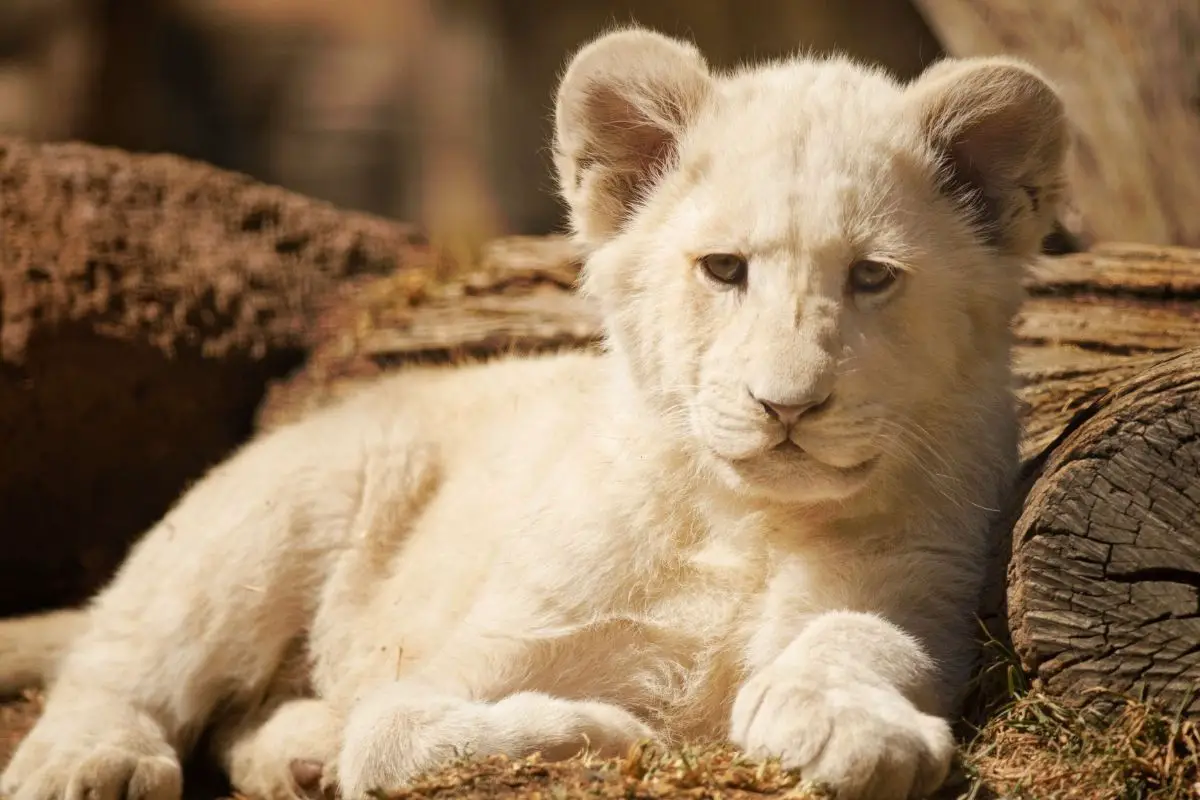
Even lions raised from birth by humans pose extreme dangers that make them unsuitable as pets. Consider these sobering facts:
Physical capabilities:
• Bite force: 650 PSI (pounds per square inch)
• Weight: Males can reach 420 pounds
• Speed: Can reach 50 mph in short bursts
• Claws: 1.5 inches long, capable of inflicting fatal wounds
Behavioral risks:
• Territorial instincts: May become aggressive around their perceived territory
• Predatory drift: Can suddenly view humans as prey
• Stress responses: Illness, breeding season, or environmental changes can trigger attacks
• Play behavior: Even “gentle” play can cause serious injury due to their size and strength
There have been numerous documented cases of pet lions killing their owners, including individuals who raised them from cubs and believed they had a special bond with the animals.
Common Triggers for Lion Attacks
Modern animal behaviorists agree that no lion can be completely trusted. Even well-cared-for lions in professional facilities can attack without warning. Common triggers include:
Environmental stressors:
• Changes in routine or environment
• Loud noises or unfamiliar people
• Illness or injury causing pain
• Breeding season hormonal changes
Human behavior:
• Sudden movements or running
• Direct eye contact (seen as challenging)
• Approaching during feeding
• Interfering with cubs or mates
Redirected aggression:
• Frustration from confinement
• Inability to express natural behaviors
• Social isolation from other lions
• Boredom and lack of mental stimulation
Importantly, lions don’t attack out of malice—they’re simply following their evolutionary programming. This makes their behavior predictably unpredictable and impossible to fully control.
Legal and Ethical Considerations in 2025
As of 2025, 44 US states have banned or heavily restricted private ownership of lions and other big cats. The Big Cat Public Safety Act, passed in 2022, prohibits private ownership of lions nationwide, with limited exceptions for accredited facilities.
Legal consequences of illegal lion ownership can include:
• Heavy fines (often $10,000+)
• Criminal charges
• Seizure of the animal
• Liability for any injuries or deaths
Ethical concerns include:
• Animal welfare: Captive lions often develop psychological disorders
• Conservation impact: Private ownership doesn’t contribute to species preservation
• Public safety: Escaped lions pose community-wide dangers
• Veterinary challenges: Few vets are equipped to treat large cats
Final Thoughts: Lions Belong in the Wild
The evidence is overwhelming: lions cannot be safely domesticated as pets. While they may be conditioned to tolerate human presence, they remain wild animals with powerful predatory instincts that can activate without warning.
Key takeaways:
• Taming ≠ Domestication: Lions can be tamed but never truly domesticated
• Extreme danger: Even “tame” lions regularly kill their handlers
• Legal restrictions: Most jurisdictions now ban private lion ownership
• Ethical issues: Captivity causes psychological suffering for these complex animals
Lions are magnificent creatures that deserve our respect and protection—in their natural habitat. Supporting legitimate wildlife conservation efforts and visiting accredited sanctuaries are far better ways to appreciate these incredible animals than attempting to keep them as pets.
If you’re fascinated by big cats, consider supporting organizations working to protect lions in the wild, where they can express their natural behaviors and live as evolution intended.
- Sink Your Teeth Into This: Analyzing the Powerful Lion Bite Force - September 8, 2023
- Siberian Tigers: Everything You Need To Know - September 4, 2023
- Do Lions Eat Humans? Understanding Lion Aggression and Risks - September 4, 2023

